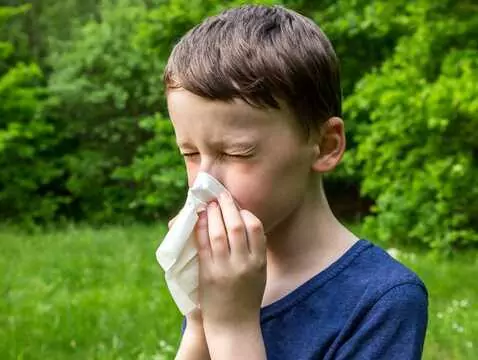During birth, the skin is covered with a whitish chalky foetal smear. In the first few days of the baby's life, its colour becomes increasingly pink and all sorts of changes and eruptions can be seen on the skin. Some are physiological and do not require any treatment, while others may be symptoms of a disease.
Ad:









